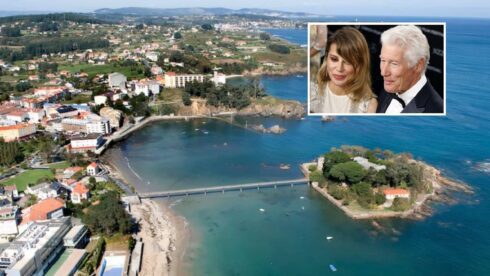THE average percentage of household income needed to buy a home in Spain rose to 23.1% during the second quarter of 2024 according to a study from the idealista property portal.
The percentage is either higher for rentals, 35.7%, as a shortage of properties and rising prices has pushed up rents by 4% over the last 12 months.
Francisco Iñareta from idealista said: “As we predicted, between April and June, the burden on families has once again risen due to the persistent lack of available supply in both the property and rental markets.”
READ MORE:
- Revealed: Spain’s cheapest and most expensive coastal cities for buying a property
- Revealed: These seven cities in Spain are the hottest property locations for 2024 after witnessing ‘never-before-seen’ price increases

Iñareta said growing demand and a dwindling supply of housing is driving up prices and causing a ‘rising burden’.
He added that there have been ‘fatal consequences’ as a result of the Housing Act and rental measures passed by the government over the last six years, adding there was no political will to reverse them.
“As for home buying, the lack of supply is starkly illustrated by the decades-long standstill in building new homes in the most sought-after areas, and the impact of this is now being felt,” he commented.
“Unfortunately, new housing construction is taking years, so it is unlikely that large pockets of new properties will emerge in the short to medium term to ease market tensions and bring prices down”, Iñareta predicted.
Areas with high levels of tourism are the most affected.
Malaga province has the highest rent burden, accounting for 54% of the family’s income- some 24% above the recommended upper level of financial sustainability of 30%.
Just behind are the Balearic Islands (53%), Barcelona (43%), Valencia (40%), Santa Cruz de Tenerife (38%), Las Palmas, Alicante and Madrid (37% in all three provinces).
In terms of mortgages, the Balearic Islands have the greatest burden – 44% of family income- followed by Malaga province (42%), Santa Cruz de Tenerife (36%), and Alicante (30%),









